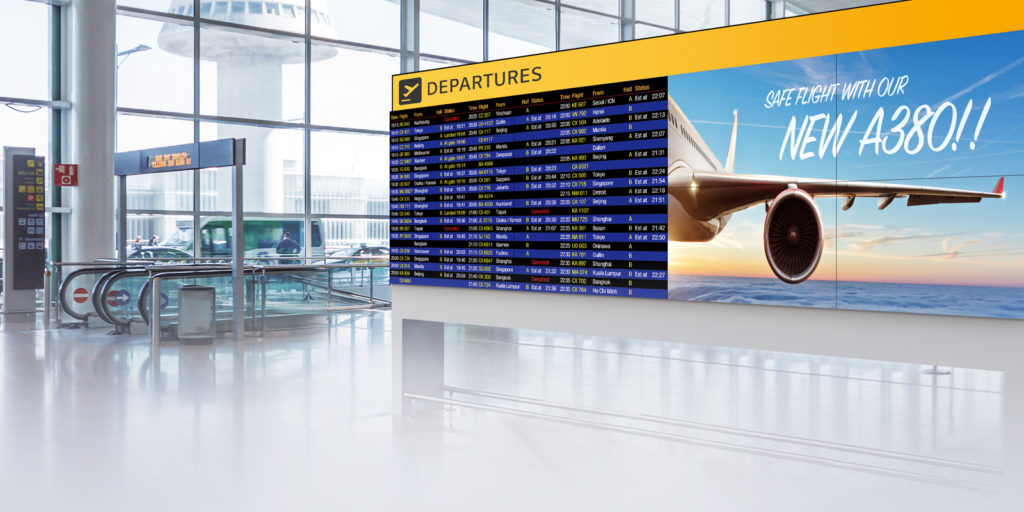Receive information, analyze, help maintain normality or respond to emergencies: this is the day-to-day environment of command and control rooms in the world of security and surveillance.
Vision angle
Most video wall solutions have been designed to maximize the display of information when the user is not located just in front of the screen. However, by distancing ourselves from the viewing angle of the display we verify that brightness and color can be affected at various levels. It is important to check in advance the product’s operating specifications to understand the impact of viewing angles on the interaction between a person and the content.

With cubes, it is usual to use optical screens and each type of screen has its characteristics. In the case of LCD panels, visibility may vary depending on who the manufacturer is. In the case of LED video walls, there are no clear rules; That being said, there are recommended viewing distances as optimal in response to the pixel pitch. All solutions offer excellent display characteristics, but when selecting the product it is important to ensure that the actual characteristics of the selected product meet the design requirements set for the application.
Brightness
The brightness video wall digital signage singapore needs of a video wall will vary depending on what the actual application will be. An environment with excessive ambient lighting – for example, a space with glazed walls – will surely require a high brightness that improves the overall contrast. However, in many control room applications, excess brightness could be detrimental to someone who spends a full working day in front of the display. If the video wall is very bright, the operator could suffer headaches or vision problems over time; On the other hand, in low brightness video walls, the contrast could be poor, hindering the speed and accuracy needed to process the information.






